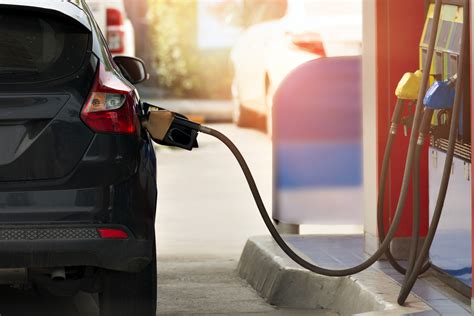In today’s economic climate, every penny counts, and few expenses hit our wallets harder than fuel. While gas prices fluctuate, one constant remains: our driving habits play a significant role in how much fuel our vehicles consume. Understanding and correcting common behaviors can drastically improve your car’s miles per gallon (MPG), leading to substantial savings over time. Let’s explore the primary culprits that drain your fuel tank faster than necessary.
The Cost of a Heavy Foot: Aggressive Driving
Aggressive driving, characterized by rapid acceleration, speeding, and hard braking, is arguably the biggest enemy of fuel efficiency. Each time you floor the accelerator, your engine demands a surge of fuel. Similarly, braking sharply means you’re wasting the energy you just used to accelerate. Smooth acceleration and anticipation of traffic flow allow your car to operate more efficiently, conserving fuel and reducing wear and tear on your vehicle.

Idling Away Your Savings
Many drivers are unaware of how much fuel is consumed while their car is stationary. Whether you’re waiting in a drive-thru, picking up kids from school, or sitting at a long traffic light, excessive idling can waste a surprising amount of fuel. While modern cars are more efficient, a car typically consumes about a quarter to a half-gallon of fuel per hour while idling. If you anticipate being stationary for more than 10 seconds, it’s generally more fuel-efficient to turn off your engine and restart it when ready to move.
Speed Kills MPG
While it’s tempting to push the speed limit on highways, driving at high speeds significantly reduces fuel efficiency. Most vehicles achieve optimal fuel economy between 45 and 60 mph. As you increase your speed above 60 mph, aerodynamic drag becomes a major factor, forcing your engine to work much harder to maintain speed. For every 5 mph you drive over 60 mph, it’s like paying an additional $0.30 per gallon for gas. Sticking to posted speed limits, especially on long journeys, can yield considerable fuel savings.

The Hidden Drain: Underinflated Tires
Proper tire pressure is not just a safety concern; it’s a critical component of fuel efficiency. Underinflated tires increase rolling resistance, meaning your engine has to work harder to move the car. This can reduce your gas mileage by up to 3% and significantly shorten tire life. Check your tire pressure at least once a month, including your spare, and always inflate them to the manufacturer’s recommended levels, usually found on a sticker inside your driver’s side door jamb or in your owner’s manual.

Unnecessary Weight and Aerodynamic Drag
What you carry in and on your car can also impact MPG. Extra weight forces your engine to work harder, consuming more fuel. For every 100 pounds of extra weight, your fuel economy can decrease by 1-2%. So, regularly clean out your trunk and remove any unnecessary items. Similarly, roof racks, cargo boxes, and bike racks create significant aerodynamic drag, even when empty. Remove them when not in use to reduce air resistance and improve your MPG.
Neglecting Vehicle Maintenance
A well-maintained car runs more efficiently. Simple maintenance tasks like regular oil changes, air filter replacements, and spark plug checks can all contribute to better fuel economy. A dirty air filter, for instance, can restrict airflow to the engine, forcing it to consume more fuel. Keeping your engine tuned up according to your car’s maintenance schedule ensures all systems are operating at peak efficiency.

Adopting smarter driving habits and maintaining your vehicle properly are two of the most effective ways to significantly reduce your fuel costs. By being mindful of how you accelerate and brake, avoiding excessive idling and high speeds, keeping tires properly inflated, shedding unnecessary weight, and staying on top of maintenance, you can transform your fuel consumption and keep more money in your pocket. Small changes in habit can lead to big savings at the pump.




